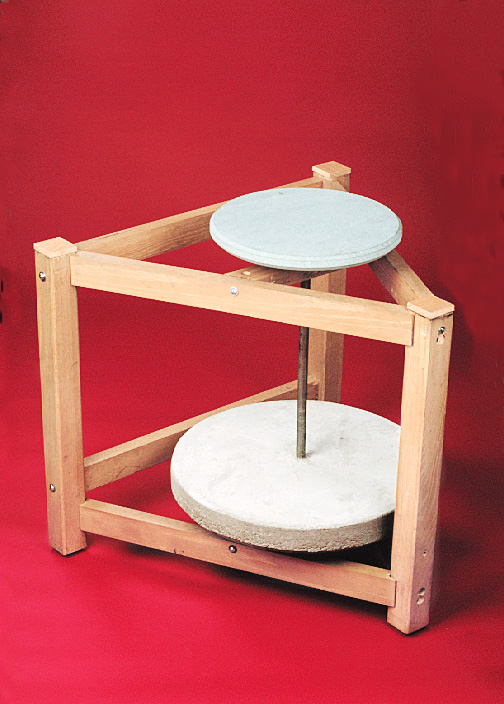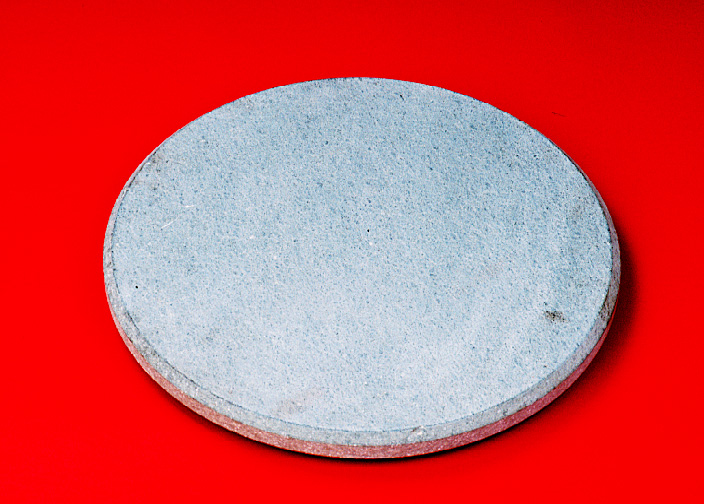


The potter's wheel was widely used by the beginning of the third phase of the Early Bronze Age, about 2400 BCE. Pottery cannot be made by hand modeling or coiling without the potter either turning the pot or moving around it, and, as turning involves the least expenditure of human effort, it would obviously be preferred. The development of the slow, or hand-turned, wheel as an adjunct to pottery manufacture led eventually to the introduction of the kick wheel, rotated by foot. By the 18th Century the wheel was no longer turned by the potter's foot but by small boys apprenticed to the potter, and since the 19th century the motive power has been mechanical. The first evidence of the potter's wheel was found in Egyptian paintings. Pottery in Egypt was a skilled craft in the Early Bronze Age. Potters were revered members of society. Perhaps the most skillful of all potters have been the Chinese. Excellent examples of their virtuosity are the double-gourd vases, made from the 16th century onward, which were turned in separate sections and afterward joined together.